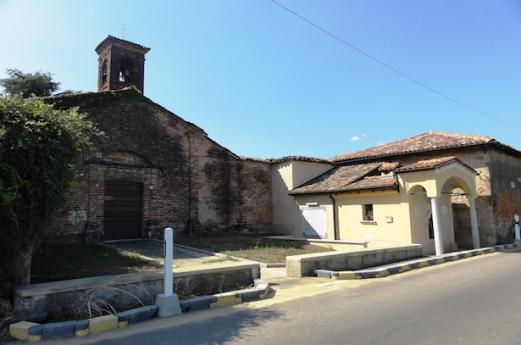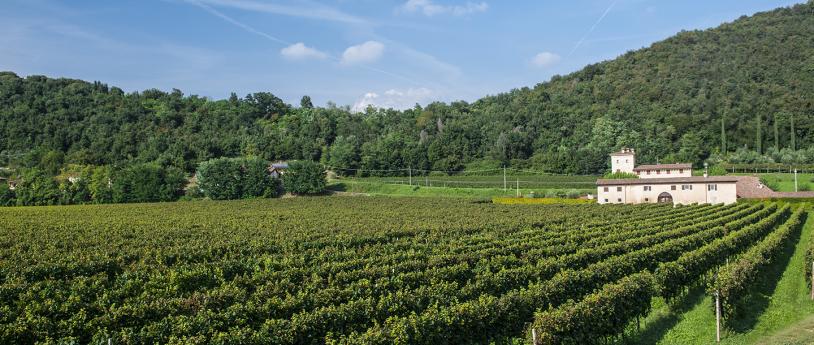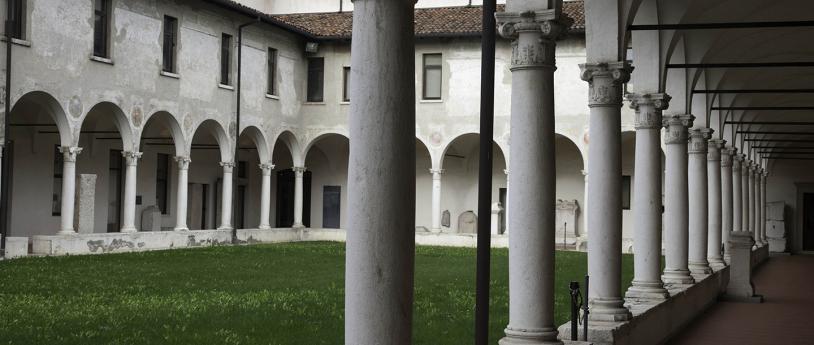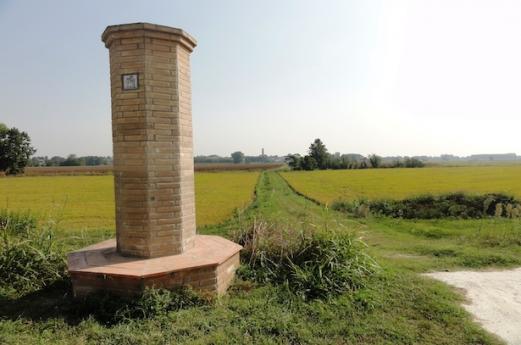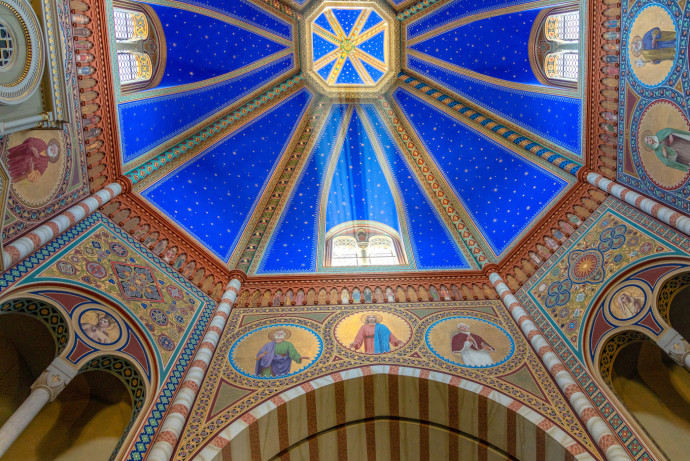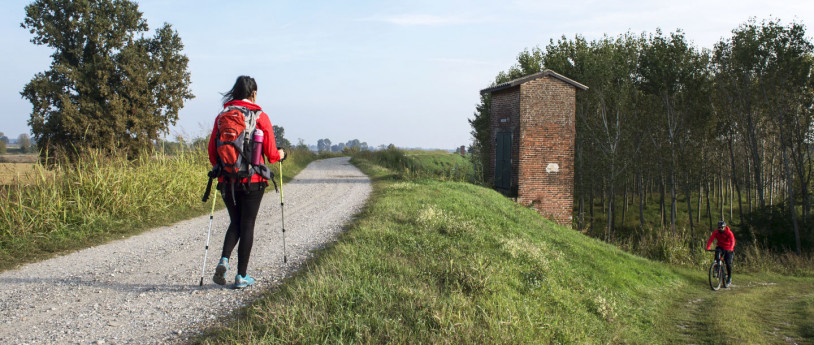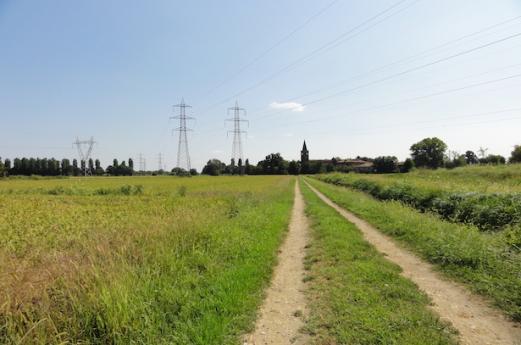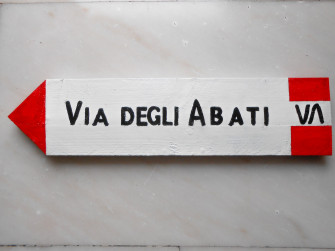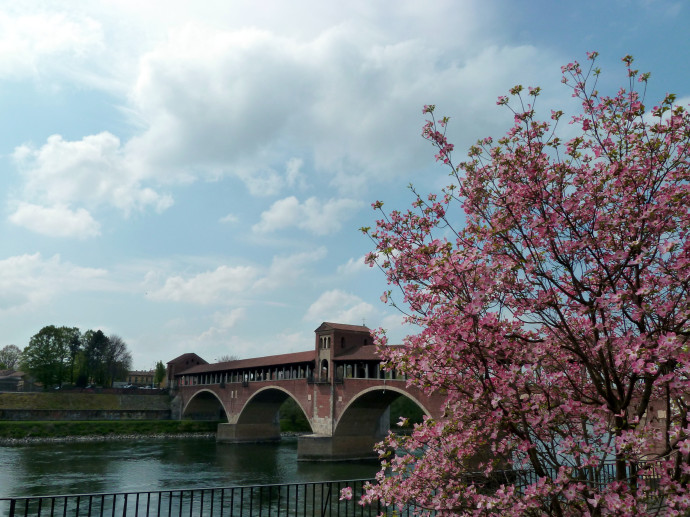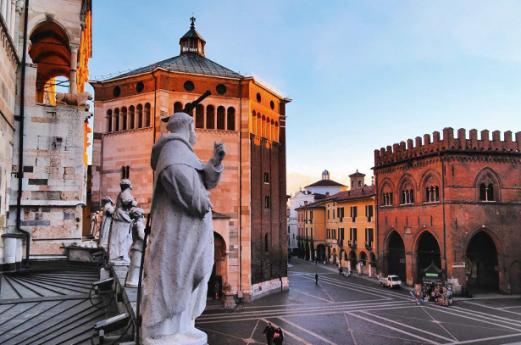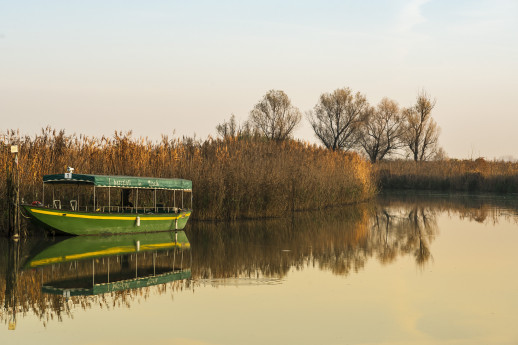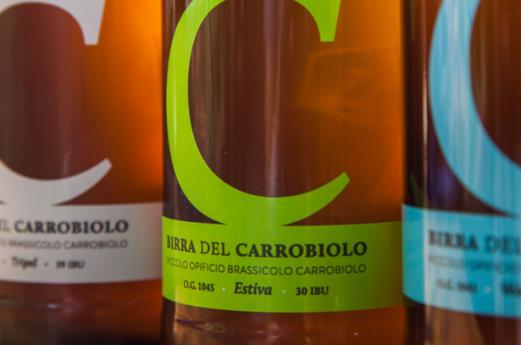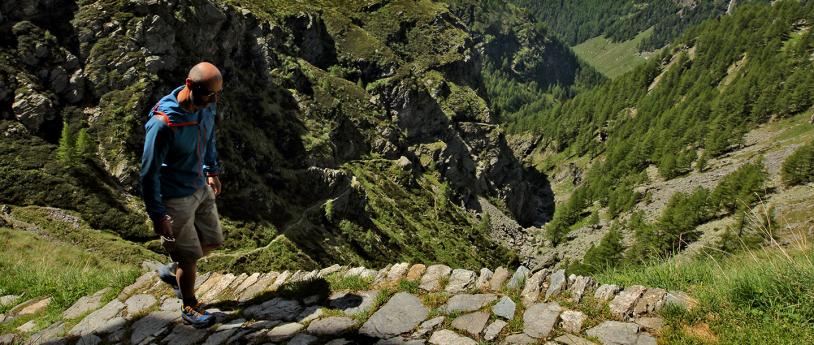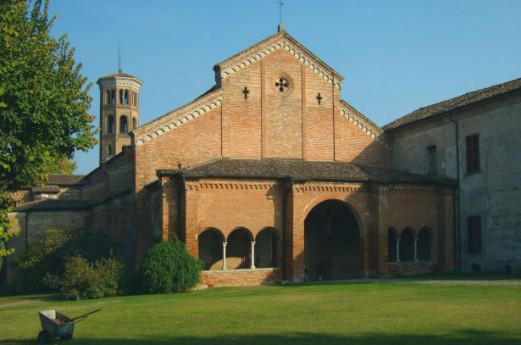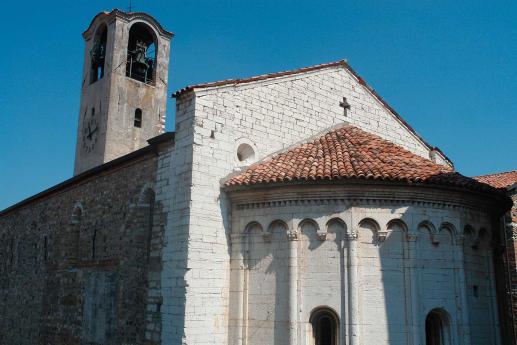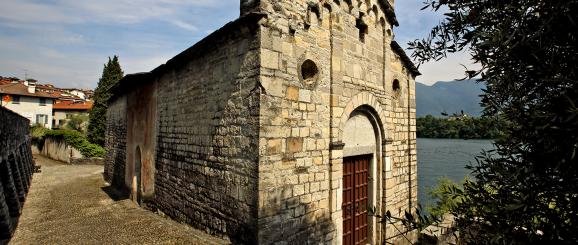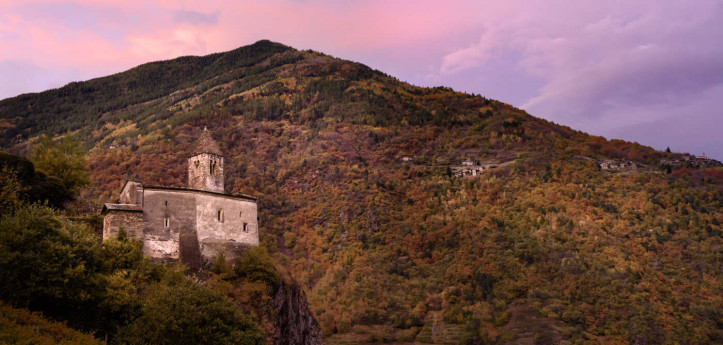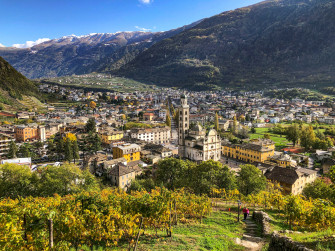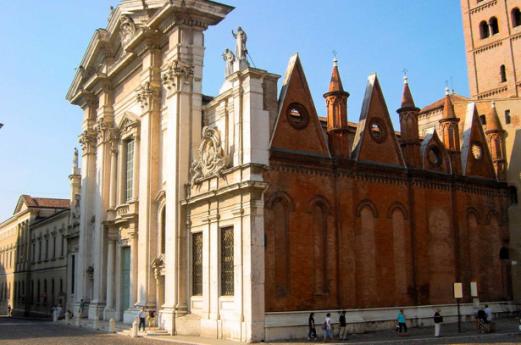- Religious Tourism
- Itinerari
Way of St. Peter Martyr
Fourth stage of the Via Francigena Renana
The Way of St. Peter is an ancient route from Como to Milan via the secondary route passing through Cantù and Seveso, known as the ancient via Canturina.
The Way takes its name from the fact that on the via Canturina, near Seveso, in 1252, at a time of violent religious contrasts, the earthly life of Pietro da Verona, an inquisitor and Sunday preacher, was ended by martyrdom; he was murdered while on his way from Como to Milan where he was to preach in the Basilica of S. Eustorgio.
Peter was buried in S. Eustorgio itself, then a Dominican convent, where his remains rest in a precious 14th-century tomb by Balduccio da Pisa. The Way leaves Como along the Roman road to Milan, a continuation of the Via Regina, passing by the foot of Baradello and in frieze of the monastery and church of S. Carpoforo. It then leaves the main road to turn toward Cantù passing through Albate, Senna.
It enters Cantù passing in frieze of the ancient Hospitale di S. Antonio. With a signaled detour it reaches the monumen-tal complex of Galliano (sec. XI) a distinguished example of Lombard Romanesque. It continues to Seveso, touching the rural nuclei of Figino Serenza, passing through Cimnago and Mocchirolo di Lentate sul Seveso, and after a detour to the center of Lentate and the splendid 14th-century Oratory of S. Stefano.
From Seveso it continues to Milan along theancient Comasinella, and enters the city via Affori and the quartie-re Comasina. It finally reaches S. Eustorgio and the Parco delle Basiliche through the heart of the imperial Roman, early Christian and Christian city (Duomo, S. Sepolcro, S. Giorgio a Palazzo). Den-soaked in history and local memories, the St. Peter's Way is a special resource for a highly urbanized area.
As far as Seveso it laps 3 protected areas, crosses a fourth, is sol- cated by a tributary river of the Seveso, whose valley it then follows, and includes more than 30 points of historical-artistic-environmental interest, many of them of considerable depth, such as Galliano or S. Stefa-no di Lentate. In the stretch towards Milan, then, it reveals the beauties of elegant 18th-19th century patrician villas, at once places of delight and property management centers.
Finally, the crossing of Milan's historic center introduces many of the city's most important monu-ments.
Technical information
Starting point: Como Basilica of S. Abbondio
Point of arrival: Milan S. Eustorgio
Length 48.4 (km)
Difficulty: easy
Means of travel: on foot, by bike
Signage for pedestrians: Cammino di San Pietro trail marker stickers and sections of paint. The Milan metropolitan section has no specific signage.
